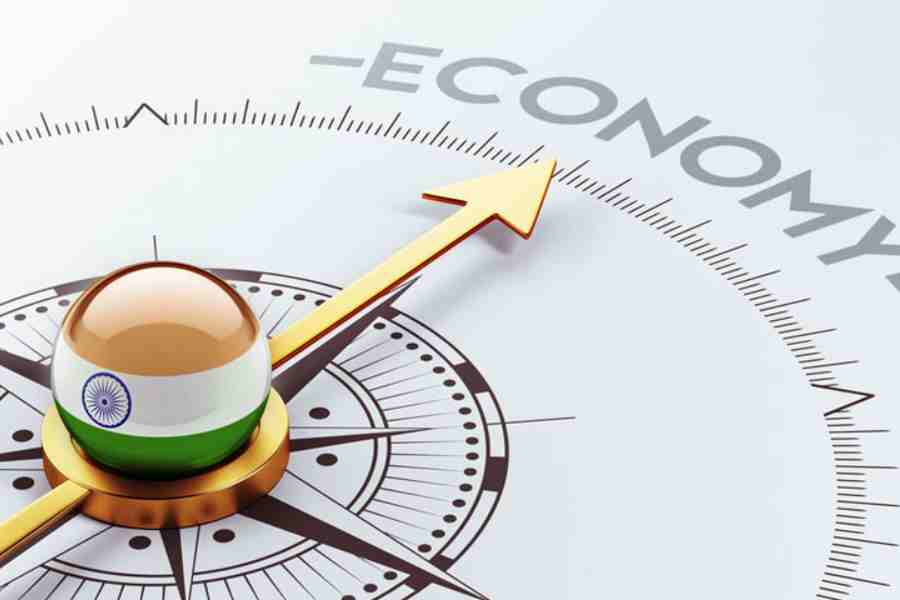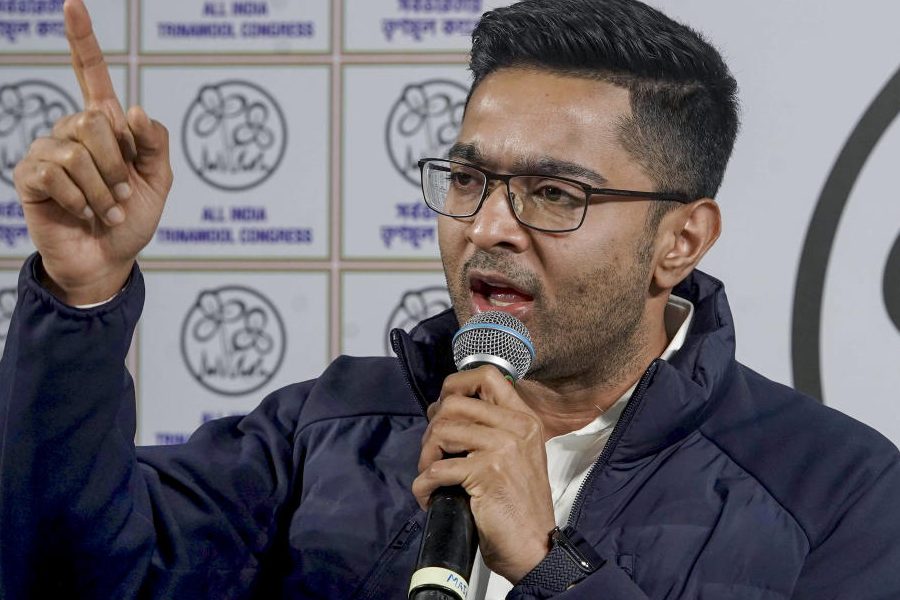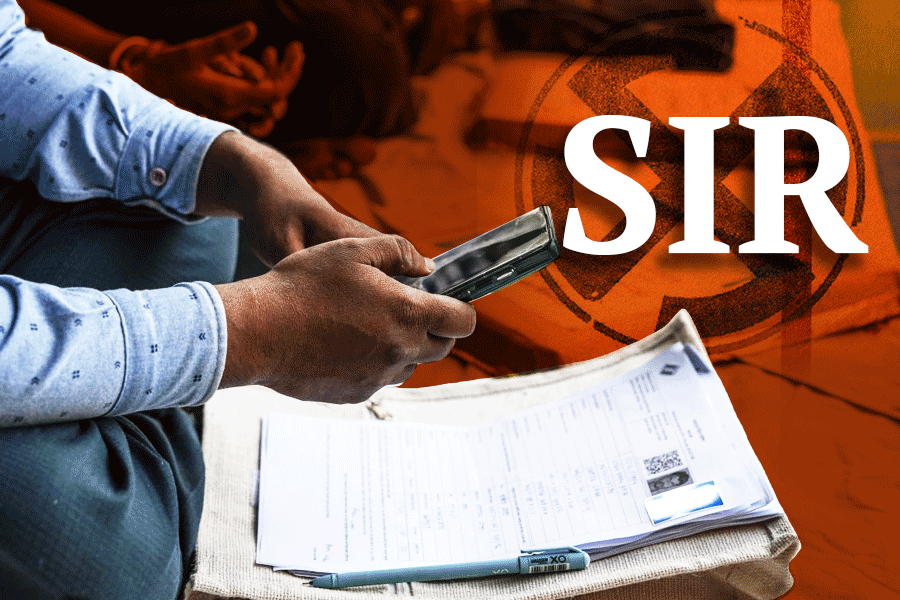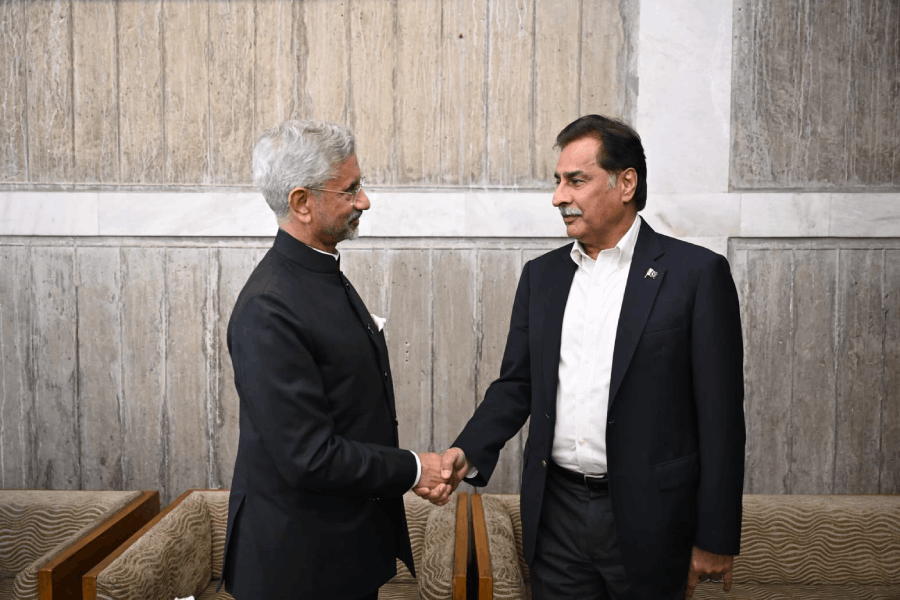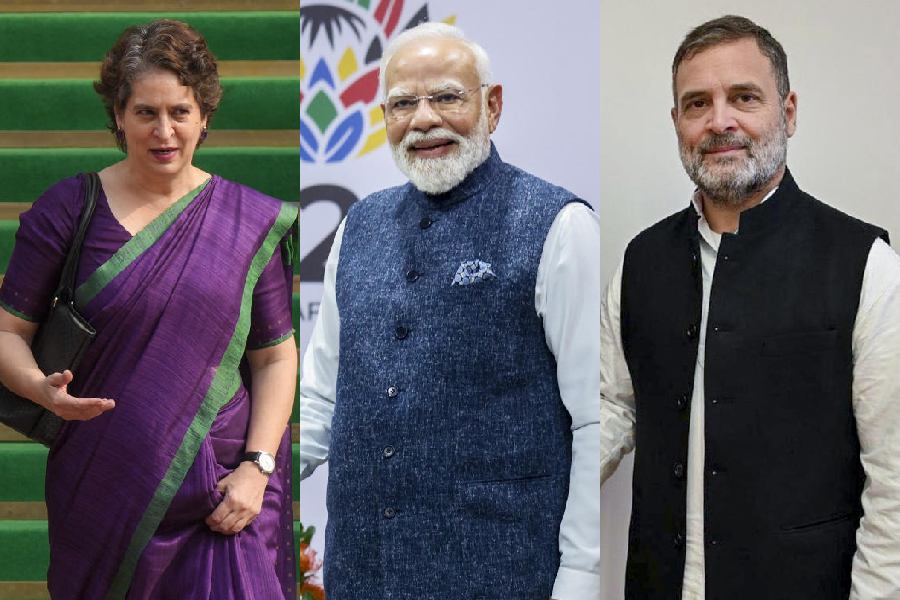Blume Ventures’ Indus Valley Annual Report 2025 reveals some worrying challenges to and gaps in India’s growth story. India’s consumption, it suggests, is driven by a small coterie of around 10%: two-thirds of discretionary spending in the country emanates from this segment. Worryingly, this tiny pool of consumers is not “widening” but “deepening”: the number of wealthy Indians, in other words, is not rising but the rich are getting richer. Data also state that a billion citizens, among a population of 1.4 billion people, lack the means of engaging in discretionary expenditure on goods and services. An estimated 300 million emerging, aspiring consumers, comprising salaried professionals, owners of small businesses and skilled workers, are, in fact, reluctant spenders. Their limited purchasing power has been attributed to not only stagnant wages but to an uptick in indebtedness and a steep decline in financial savings. The share of household savings has dropped from 84% in the FY00 to 61% in FY2023 with net financial savings, according to the Reserve Bank of India estimates, nearing a 50-year low. These trends, quite naturally, are having an impact on the nation’s consumer market. Expensive upgraded products, from gated luxury residences to premium phones, are witnessing brisk sales but not mass-market offerings. Consumption does dominate the economic landscape: consumer spending powers almost 60% of India’s GDP growth. But the consumption pattern is far from equal, with a small, wealthy constituency leading the charge. The lack of expansion in this group means that India will lag behind other economies, such as China, in this respect.
A boost in spending in the short term can, however, be achieved. This can be facilitated by two factors: first, a rise in rural demand on the back of an impressive harvest and, second, the tax concessions that were announced in the Union budget. But the future looks turbulent. The contraction in the savings of and the stagnation of the wages of the middle class form a formidable roadblock: the government must look into ways of alleviating the hardship of this population segment. The spectre of automation that would lead to labour displacement, a point flagged by this year’s Economic Survey, hangs heavy as well. The resurrection of consumption and India’s GDP growth could well depend on the resolution of these impediments.

